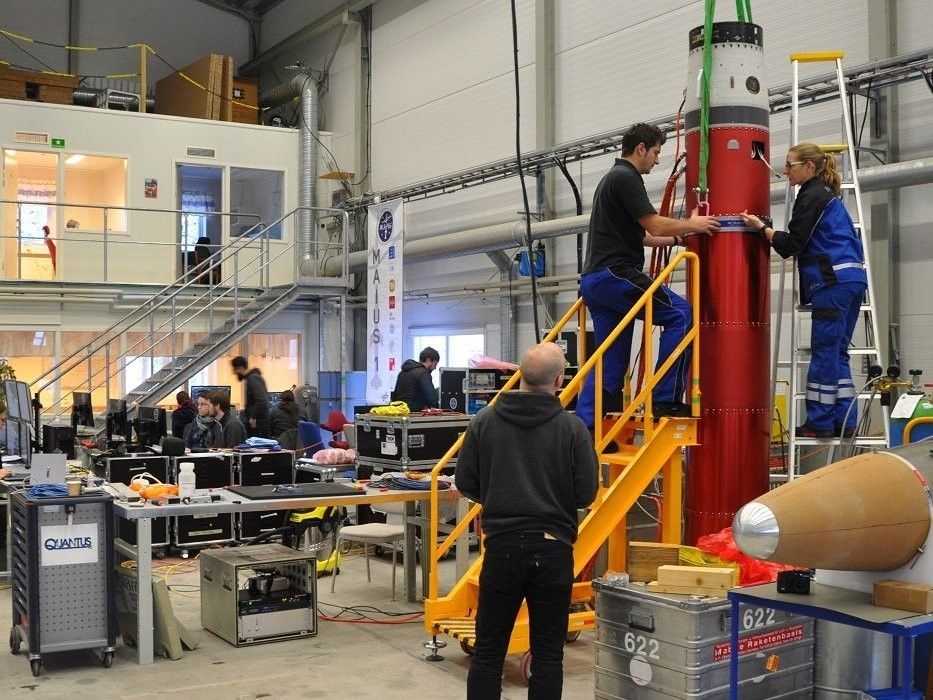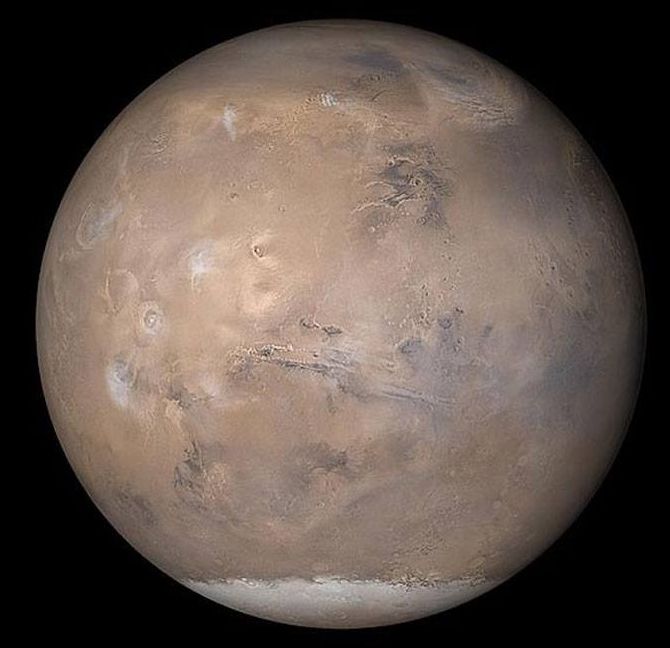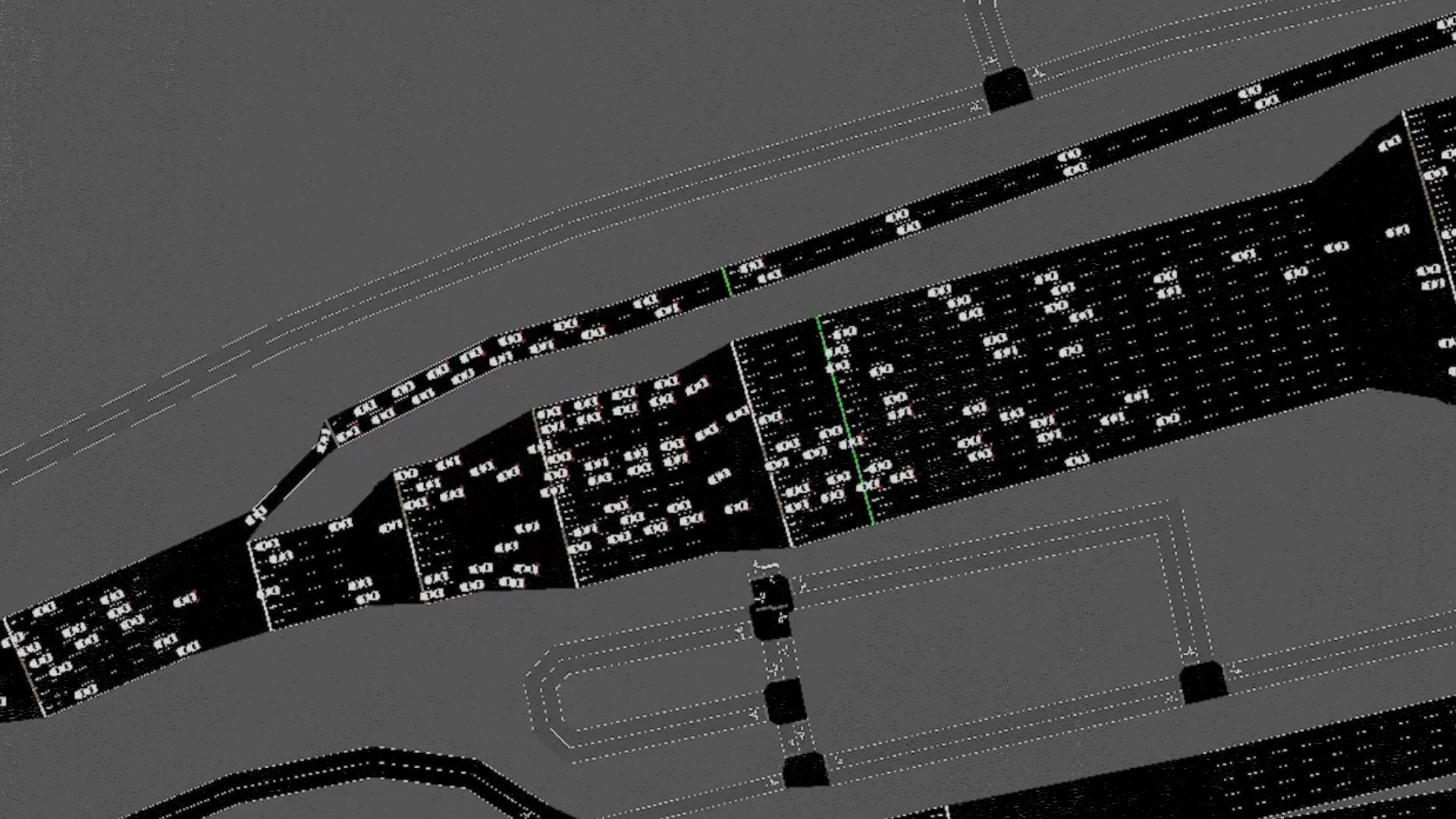A team of Italian researchers successfully ran a perceptron algorithm on a real, working quantum computer using IBM’s cloud-access Q Experience system.




JUST IN: Jezero Crater will be the landing site of NASA’s next rover being sent to Mars in 2020. This area, with a history of containing water, may have ancient organic molecules & other potential signs of microbial life from billions of years ago.
NASA has chosen Jezero Crater as the landing site for its upcoming Mars 2020 rover mission after a five year search, during which every available detail of more than 60 candidate locations on the Red Planet was scrutinized and debated by the mission team and the planetary science community.
The rover mission is scheduled to launch in July 2020 as NASA’s next step in exploration of the Red Planet. It will not only seek signs of ancient habitable conditions – and past microbial life — but the rover also will collect rock and soil samples and store them in a cache on the planet’s surface. NASA and ESA (European Space Agency) are studying future mission concepts to retrieve the samples and return them to Earth, so this landing site sets the stage for the next decade of Mars exploration.
“The landing site in Jezero Crater offers geologically rich terrain, with landforms reaching as far back as 3.6 billion years old, that could potentially answer important questions in planetary evolution and astrobiology,” said Thomas Zurbuchen, associate administrator for NASA’s Science Mission Directorate. “Getting samples from this unique area will revolutionize how we think about Mars and its ability to harbor life.”


Where will NASA land its next Mars rover? Listen at noon ET to get the details from the #Mars2020 mission team as they look at the science exploration possible at this site and how it’ll help answer key questions about the potential for ancient life on Mars.
NASA — National Aeronautics and Space Administration
Triangle-downtriangle-up.

Promising news: ‘Mini brains’ grown in a dish have spontaneously produced human-like brain waves for the first time — and the electrical patterns look similar to those seen in premature babies.
Structures could help researchers to study the early stages of brain development disorders, including epilepsy.

Since the very first module Zarya launched from Baikonur Cosmodrome on 20 November 1998, the International Space Station has delivered a whole new perspective on this planet we call home. Join us as we celebrate 20 years of international collaboration and research for the benefit of Earth with our astronaut Alexander Gerst’s longest timelapse yet!
In just under 15 minutes, this clip takes you from Tunisia across Beijing, China and through Australia in two trips around the world. You can follow the Station’s location using the map at the top right-hand-side of the screen alongside annotations on the photos themselves.
This timelapse comprises approximately 21 375 images of Earth all captured by Alexander from the International Space Station and shown 12.5 times faster than actual speed.

A GENETICALLY modified virus that kills cancer cells and destroys their hiding places has been developed by British scientists.
It targets both cancer cells and healthy cells that are tricked into protecting the cancer from the immune system.
The role of fibroblasts is to hold different types of organs together but they can get hijacked by cancer cells to become cancer-associated fibroblasts or CAFs.